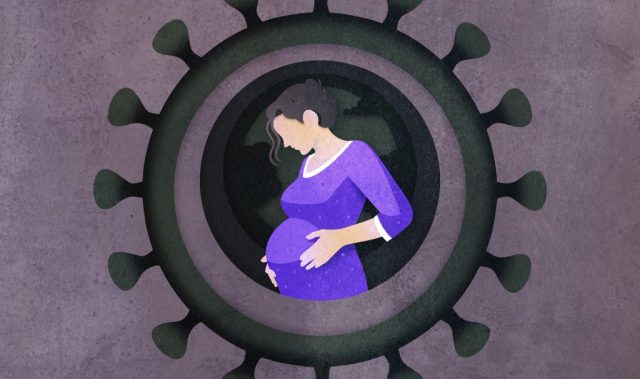
AsianScientist (Jul. 2, 2015) – Proposed amendments to India’s abortion law are “contradictory” and need “urgent redrafting” to prevent women from making ill informed decisions and risking their lives with illegal terminations, writes a senior doctor in The BMJ.
Dr. Nikhil Datar, a consultant in obstetrics and gynaecology at Cloudnine Group of hospitals & Lifewave Hospital in Mumbai, explains that India legalised abortion in 1971 by passing the Medical Termination of Pregnancy (MPT) Act. This allows termination of pregnancy until only 20 weeks’ gestation.
Except for when a woman’s life is at immediate risk, the act restricts the termination of pregnancy after 20 weeks’ gestation, without explanation for this arbitrary cut-off. This means that if a serious fetal abnormality is detected after 20 weeks, the woman has no choice but to continue the pregnancy, even if she does not wish to.
This arbitrary 20 week cut-off “compels women to make ill informed decisions,” argues Datar.
He points out that, if ultrasound testing, typically at about 18 weeks’ gestation in India, indicates a “suspicious variation in fetal anatomy,” the physician needs to ascertain the degree of seriousness with additional prenatal diagnostic tests. By the time a definitive diagnosis can be made, and the woman understands the prognosis, the pregnancy might well have advanced beyond 20 weeks.
“This encourages women to terminate pregnancies in haste before definitive diagnoses are made,” he warns.
Compelling women to continue pregnancies against their wishes “may cause physical and mental trauma,” he writes. Women may subject themselves to illegal terminations and this “may add to the burden of unsafe abortions and related maternal mortality, which is a major concern throughout the world.”
He believes that amending the law is the only legitimate solution to the problem, but says two recently proposed changes to the act by the government of India “need immediate rectification.”
The first is that non-allopathic practitioners and nurses should be able to terminate pregnancies. This, he says, has raised questions “about the quality and safety of abortion services.”
He also criticizes the second amendment as “ambiguously drafted” and “contradictory”.
It states that for terminations between 20 and 24 weeks’ gestation, a woman must fall into one of the government’s “categories.” Yet the draft legislation does not define the “categories” and so does not provide a clear solution to a woman who has a substantial fetal abnormality but who is not included in any “category” argues Datar.
He concludes that “until the Indian parliament amends the law unambiguously, many women will continue to take ill informed decisions about termination of pregnancy or risk their lives in the hands of quacks for illegitimate and illegal terminations.”
The article can be found at: Datar (2015) India’s Abortion Law Puts Women at Risk.
———
Source: The BMJ; Photo: Shutterstock.
Disclaimer: This article does not necessarily reflect the views of AsianScientist or its staff.












